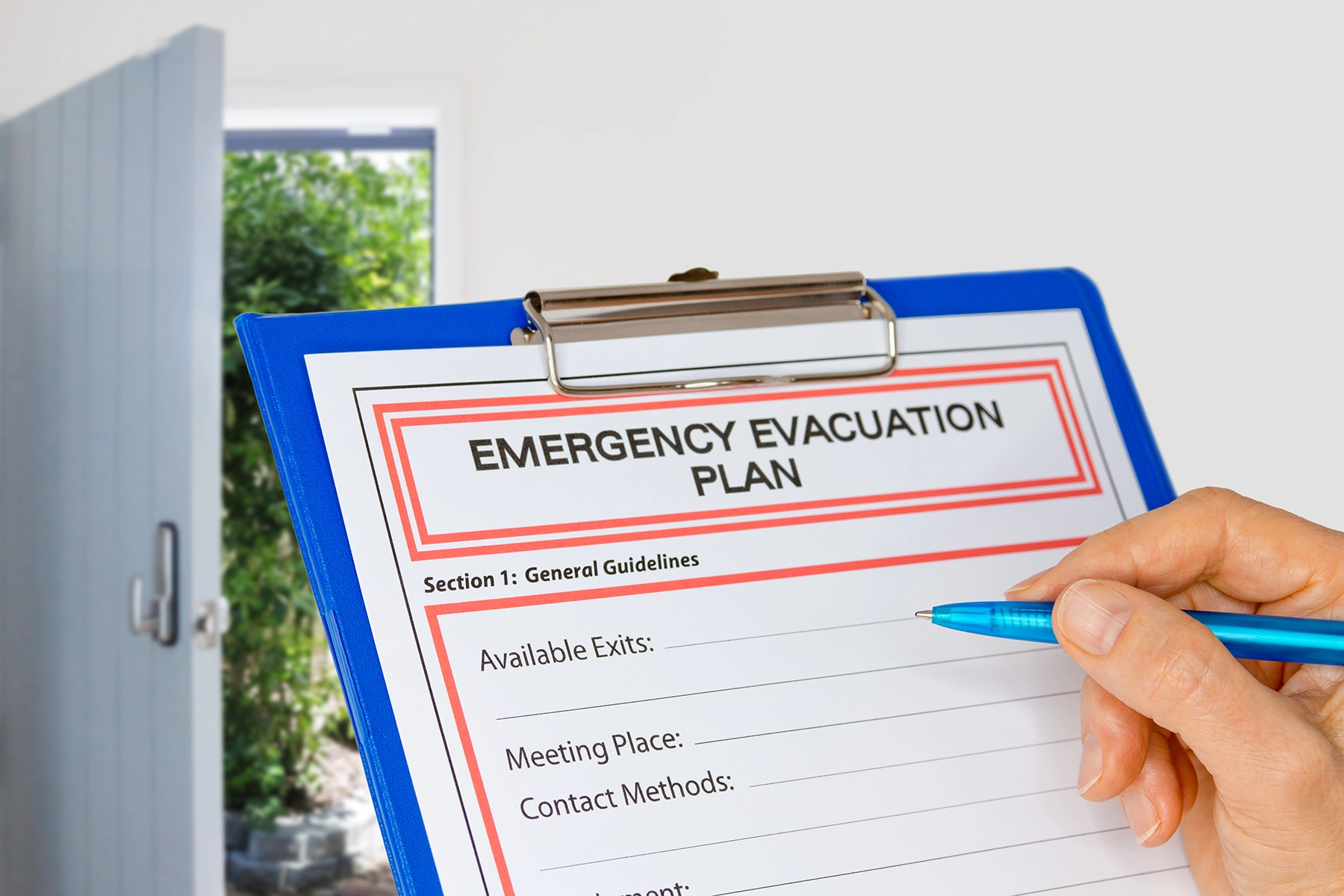Protect Your Family from Burns and Fires

Children explore the world by touching, climbing, and experimenting with anything that grabs their attention.
Everyday situations, including toppling over a hot cup of coffee, taking a bath with hot water, touching the stovetop, getting burned from cooking with a microwave, and fires, could lead to a big injury for your small person.
According to the Centers for Disease Control and Prevention (CDC), younger children tend to get burned from hot water scalding, while older children tend to obtain burns from direct contact with flames. Children are often unaware of these dangers and depend on adults to protect them from harmful situations.
According to the CDC, each year, about 300 children die, and tens of thousands of kids get treated in the emergency room for injuries from fires or burns.
The best way to protect your family is to take measures to decrease the chance of a burn or fire and ensure a safety plan is set up if either does occur.
What can I do to prevent a burn or scald injury at home?
Children are at risk for burns from hot liquids, hot surfaces like a stovetop, and contact with electricity and chemical substances. Here are some tips on what you can change in the home to protect your family:
- Water heaters can be adjusted to a maximum temperature. The American Academy of Pediatrics recommends it be set to a maximum of 120 degrees Fahrenheit.
- Always check the temperature of the water before bathing infants and children.
- Cook using the back burners of the stove. Turn pot handles towards the back so children can’t grab or knock the pots off the stove.
- Don’t wear long sleeves or baggy clothing while cooking.
- Cover electrical outlets with plastic covers to protect them from accidental electric shocks.
- Store chemical cleaners and sprays out of reach of children.
- Make sure young children cannot reach the microwave. Be sure to supervise children when cooking in a microwave.
- After heating food in a microwave, let the food cool down a bit and be sure to stir the food well before eating it to make sure there aren’t any hot areas.
What can I do to decrease the chance of a fire occurring at home?
Practice fire-safe habits to avoid unintended fires in the home:
- Don’t walk away from food while it’s cooking on the stove or in the oven.
- Ensure that liquids and items that can catch fire easily, including matches, are not stored near heat sources or ignition.
- Keep matches and lighters away from children.
- Do not smoke indoors.
- Avoid plugging appliances into extension cords. Overloading extension cords can lead to fires or electrical shocks hurting others.
Get ready to act quickly in case of a fire:
- Install smoke detectors and water sprinklers throughout the home.
- Test the detectors every month.
- Change the batteries on the smoke detector every six months.
- Place fire extinguishers in areas that are easily accessible during an emergency.
- Teach everyone in the home where the fire extinguishers are located and how to use them.
- If your home has a second story, buying a safety ladder to escape is a good idea.
What should I do in the case of a fire?
Plan and practice an escape plan. Chat with your family members about the following:
- Ensure everyone knows it is best to take the staircase instead of the elevator during a fire.
- Teach your children to avoid breathing in smoke by crawling to exits.
- Try to find at least two ways out of every room in case one exit is blocked by fire or smoke.
- Explain the “Stop, Drop, and Roll” drill for cases where clothing catches fire.
- Establish a family meeting point outside so that children know where to go to find each other in the case of an emergency.
- Practice family fire drills.
- Post important emergency contact information in a visible place in your home. Include 911, the local fire department number, your home address and phone number, and an emergency contact – especially if you have a babysitter or someone else watching your children when you are not home.
- Teach your children your address and how to call 911.
What happens if my child does get burned?
Ensure your safety first, then:
- Immediately run cool water over the burned area to relieve pain. Do not use ice, butter, grease, powder or rub on the burned area – it may irritate, lead to blistering, and delay the healing process.
- Soak any hot or smoking clothing in cool water, then remove clothing from the burned area. If the clothing is stuck to skin, do not pull on it. Instead, cut away as much clothing as possible.
- If the burn is NOT oozing, cover gently with gauze or a clean, dry cloth.
- If the burn is oozing, cover gently with gauze or a clean, dry cloth, then seek immediate medical attention.
To learn about more pediatrician-approved ways to prevent burns, visit healthychildren.org or contact the Injury Free Coalition for Kids of Miami, a program supported by The Children’s Trust, at 305-243-9080 or injuryfreemiami.org.
By Natalia Gilbert, M.D. candidate with
Julie Belkowitz, M.D., M.P.H., Lyse Deus and Oneith Cadiz, M.D.
Originally published on: February 16, 2022
Tags: burn safety, children's health, Dr. Julie Belkowitz, Dr. Oneith Cadiz, fire safety
